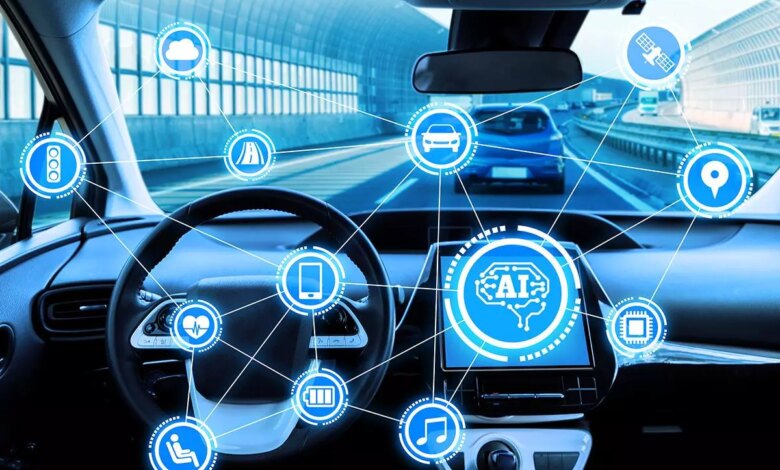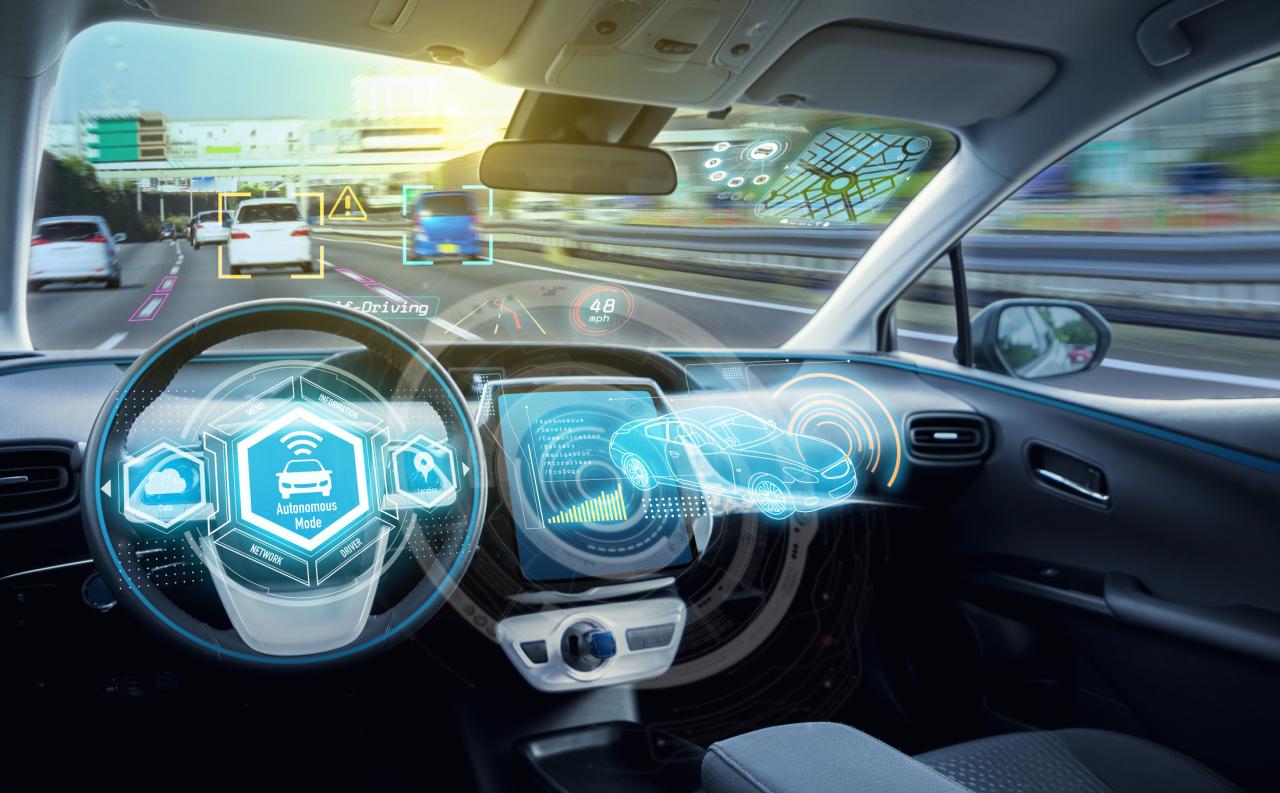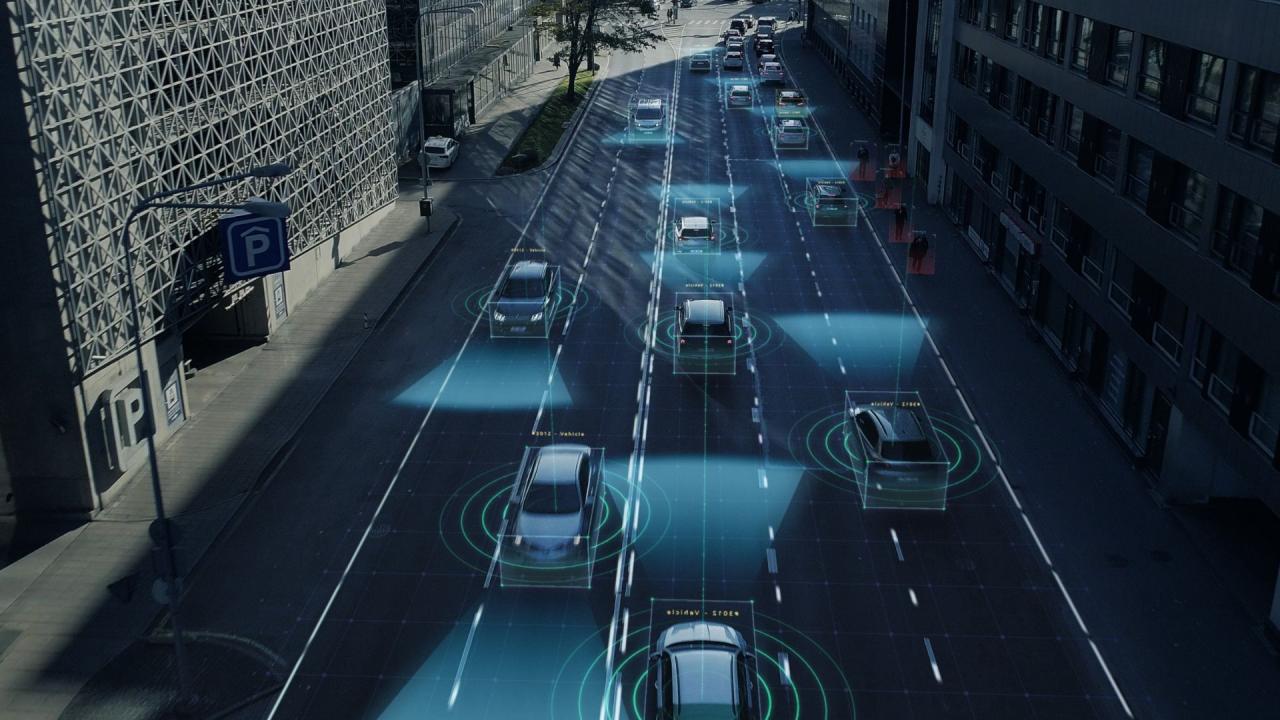The Reality of Autonomous Driving Gains A Massive Investment

The concept of a fully autonomous vehicle—a car that drives itself without human intervention—is no longer a distant futuristic dream. It’s an engineering and ethical challenge that is rapidly moving from the lab to our roads. The future of autonomous driving is not a singular, all-or-nothing event, but a complex, layered evolution, driven by a convergence of artificial intelligence, advanced sensor technology, and a massive investment from both tech giants and traditional automakers. This article will take a deep dive into the reality of autonomous driving, exploring the different levels of automation, the groundbreaking technologies powering this revolution, the significant challenges that still need to be addressed, and the profound impact this will have on our society, urban landscapes, and daily lives.
The Levels of Automation

To understand where we are and where we’re going, it’s essential to grasp the widely accepted framework for autonomous driving, defined by the Society of Automotive Engineers (SAE). This framework outlines six levels of automation, from a complete lack of automation to a fully self-driving car.
A. Level 0
This is the traditional car we’ve known for over a century. The driver is fully responsible for all aspects of driving, including steering, braking, and accelerating. There are no automated systems to assist.
B. Level 1
This level introduces a single automated system, such as adaptive cruise control or lane-keeping assistance. The driver is still in full control and must continuously monitor the vehicle and its environment. These systems are designed to assist, not to take over.
C. Level 2
This is where the car can perform two or more tasks simultaneously, such as a combination of adaptive cruise control and lane-keeping assistance. The driver is still required to be engaged and ready to take over at any moment. This is the level of automation found in many premium and modern cars today.
D. Level 3
At this level, the vehicle can handle all driving tasks under specific conditions, such as on a highway in good weather. The key here is that the driver is no longer required to constantly monitor the vehicle but must be ready to take over when the system requests it. This is a critical and complex transitional phase, as it requires a driver to be “mentally present” but not “actively engaged,” a difficult human-machine interaction problem.
E. Level 4
The vehicle can handle all driving tasks under specific operational design domains (ODDs), which could be a designated city, a certain speed, or in specific weather conditions. The vehicle can handle unexpected situations and, if it encounters a condition it cannot handle, it will safely bring itself to a stop. A driver is not needed, but there may be a human present in the vehicle who can take over if necessary. This is the level of automation being tested in many “robotaxi” services today.
F. Level 5
This is the ultimate goal. The vehicle can perform all driving tasks under all conditions, with no human intervention required. There is no steering wheel or pedals. The vehicle can go anywhere, at any time, in any weather. This is the future of autonomous driving, and it is still many years away.
The Technology Under the Hood
The journey to higher levels of automation is powered by a symphony of advanced technologies that are giving vehicles the ability to “see,” “think,” and “act.”
A. The Sensory Suite
A self-driving car uses a combination of different sensors to create a detailed, real-time map of its surroundings. Each sensor has its own strengths and weaknesses, and by combining them, a vehicle can create a robust and redundant perception system.
- LiDAR (Light Detection and Ranging): LiDAR uses lasers to create a precise 3D map of the car’s environment. It is highly accurate and works well in all light conditions. Its main drawback is its high cost and a limited ability to “see” through heavy rain, snow, or fog.
- Radar: Radar uses radio waves to detect the speed and distance of objects. It is less precise than LiDAR but works well in adverse weather conditions. It’s a crucial component for detecting other vehicles, pedestrians, and obstacles.
- Cameras: Cameras provide high-resolution visual data, allowing the car to “see” and identify objects like traffic lights, road signs, and lane markings. Cameras are affordable and ubiquitous but can be affected by low light or poor weather.
- Ultrasonic Sensors: These sensors use sound waves to detect objects at close range. They are used for parking assistance and for detecting objects that are directly in front of or behind the car.
B. The Brains of the Operation
The raw data from all these sensors would be useless without a powerful brain to process it. Artificial intelligence (AI) and machine learning are the brains of the operation.
- Computer Vision Algorithms: AI algorithms are trained on millions of images and videos to recognize objects—from a pedestrian with a dog to a construction worker with a stop sign. These algorithms are the reason a car can “see” and understand its environment.
- Path Planning: Once the car knows where it is and what’s around it, AI is used to make real-time decisions about a safe and efficient path. This includes everything from when to change lanes to how to navigate a complex intersection.
- Predictive Analytics: AI can predict the behavior of other drivers, pedestrians, and cyclists, allowing the car to anticipate a potential risk and react proactively.
The Roadblocks to a Driverless Future

While the technology is advancing at a staggering pace, the road to a fully autonomous future is filled with significant non-technical challenges that must be addressed before mass adoption can occur.
A. The Legal and Regulatory Maze
The current legal framework for driving is based on the assumption that a human is in control of a vehicle. A fully autonomous vehicle challenges this at every level.
- Liability: In the event of an accident, who is at fault? The passenger? The vehicle’s manufacturer? The software developer? This is a complex legal issue that will require new laws and regulations.
- Standards and Certification: Governments will need to create new standards and a certification process to ensure that autonomous vehicles are safe and reliable.
- Global Harmonization: The rules for autonomous vehicles will need to be harmonized across different countries to allow for a seamless transition of vehicles and technology across borders.
B. The Ethical Dilemmas
Autonomous vehicles will face a number of ethical dilemmas that will require a new kind of programming.
- The “Trolley Problem”: In a no-win scenario, how should a vehicle be programmed to react? Should it protect its occupants at all costs, even if it means harming a pedestrian? Or should it prioritize the safety of others on the road?
- Algorithmic Bias: The data used to train AI can contain biases. For example, if a dataset contains more images of cars than bicycles, the car may be less likely to recognize a bicycle. It is crucial to ensure that the algorithms are fair and unbiased.
C. Public Trust and Social Acceptance
The technology can be perfect, but if the public does not trust it, it will never be adopted. The reality of autonomous driving is as much a psychological challenge as a technical one.
- The First Fatal Accident: The public will have a very low tolerance for any fatalities caused by an autonomous vehicle, even though human-driven cars cause millions of accidents every year.
- Job Displacement: The rise of autonomous trucks, taxis, and delivery vehicles will likely lead to significant job displacement in the transportation sector, a societal challenge that must be addressed proactively.
Conclusion
The reality of autonomous driving is a journey of incredible technological progress and profound societal change. We are well on our way to Level 3 and 4 automation, with driverless “robotaxi” services already being tested in cities around the world. This journey is powered by a convergence of cutting-edge technologies, from a sophisticated array of sensors that gives a car a 360-degree view of its world to the powerful AI and machine learning that makes real-time decisions. The promise of this technology is immense: it could dramatically reduce traffic accidents, alleviate congestion, provide new mobility for the elderly and disabled, and revolutionize logistics and transportation.
However, as we move forward, we must not lose sight of the significant challenges that still need to be addressed. The legal and regulatory framework must be entirely rewritten to accommodate this new technology, and we must find a way to navigate the complex ethical dilemmas that will inevitably arise. The most critical hurdle, however, may be a psychological one. Gaining public trust and ensuring that society is prepared for the profound changes that autonomous vehicles will bring to our jobs and our daily lives will be the final, decisive step. The future of autonomous driving is not a question of if, but of when, and its ultimate reality will be a blend of technological marvel and a new social contract between humanity and the machines we have created to drive us forward.



